A virtual project by two creative professionals looks into the cuisine, culture and charm of these colonial-era institutions
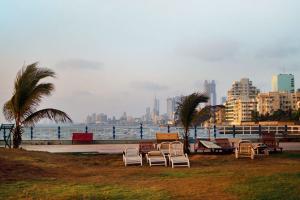
Breach Candy Club's poolside; it boasts of the country's largest swimming pool in the shape of British India, which Rushdie featured in Midnight's Children
On Instagram (IG), Sneha Mehta and Mallika Chandra call themselves seasoned spectators of Mumbai's colonial-era clubs. And rightly so. Their tryst with them began as kids, and grew so strong that they exhibited a research project on it — a book called Play Fare — in New York City last year. "Their exclusivity was always communicated to us as children. You understood what places you have access to, the age group around you, and the dress code to be followed," recalls Chandra.
ADVERTISEMENT
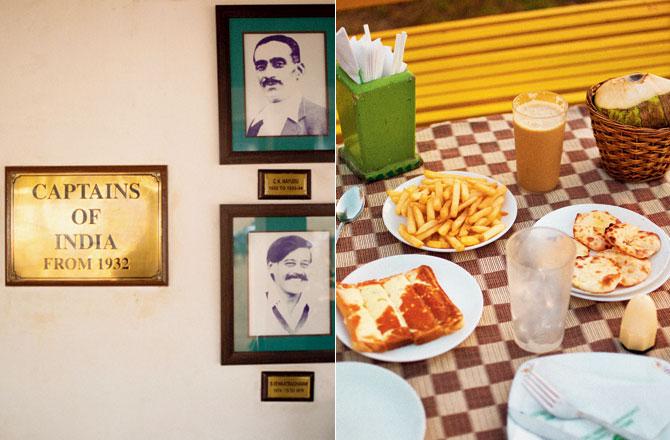
Frames featuring the captains of the Indian cricket team, at the Cricket Club of India; (right) Snacks at Breach Candy Club, which the duo say is the most chilled out club of the lot. Pics/Mallika Chandra
The two 26-year-olds, both creative professionals, converted the project into an IG page during the lockdown to make it accessible to a wider audience. They have, so far, offered a brief history of clubs as well as a peek into the finer nuances at five of them — Bombay Gymkhana, Breach Candy Club, Royal Bombay Yacht Club, Cricket Club of India and Willingdon Sports Club.
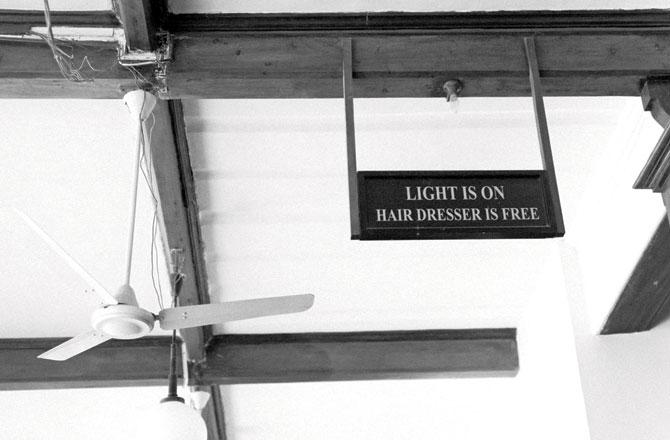
Vintage signage by the salon at Bombay Gymkhana
As Mehta was based in NYC last year, she engaged in secondary research, while Chandra visited and photographed the clubs in Mumbai, with the help of friends who were members. David Burton's The Raj at Table: A Culinary History of the British in India aided them, in addition to titles by Salman Rushdie and Sharda Dwivedi.
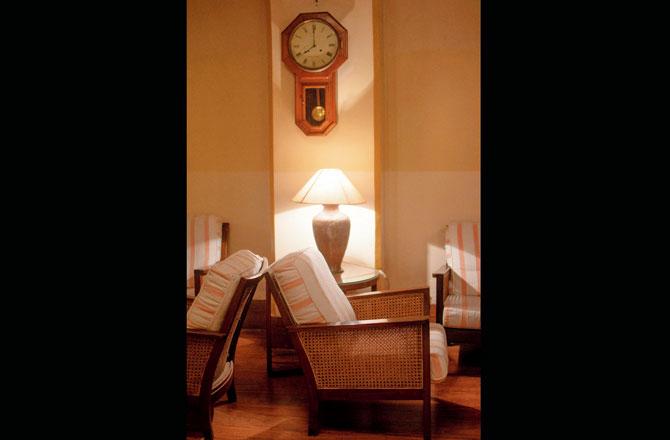
Lounging chairs with cane webbing at the Bombay Yatch Club
"We wanted to create not just a primer to the food they offer but also the environment around it," Mehta says. Take the cane furniture inside these clubs, for instance. They stemmed from "campaign" furniture as the British wanted a portable option while heading out for expansion expeditions. "Cane was lightweight and wasn't as prone to pest attacks" she adds.
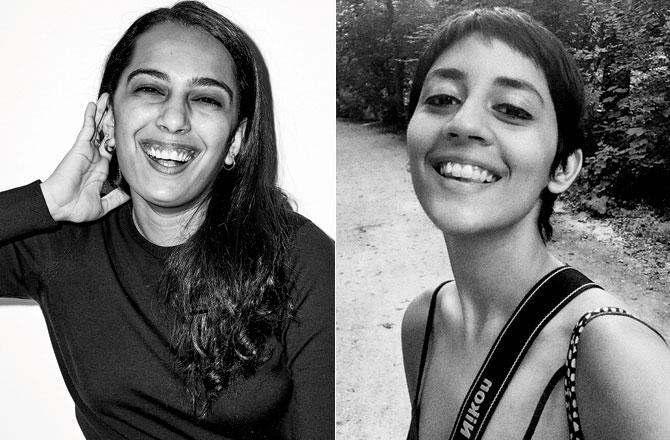
Sneha Mehta and Mallika Chandra
An interesting facet of the project is to see how clubs like these, that are rooted in colonialism, have evolved to take on a distinct, Indian identity — carrying "a juxtaposition of being in a posh place and getting sev puri for Rs20," according to Chandra. Yet, Mehta points out how clubs are often ignored in colonial history and brushed off as too exclusive. "But it's important to study them. Sev puri and bhel puri are street food that you eat with your hands. This scenario of having it with servers in uniforms; where else do you get to see it?" she says, while Chandra, revisiting an observation, adds, "The Bombay Gymkhana ground is fenced off but is connected to Azad Maidan. Now, imagine people are eating the same food while walking from VT station — a few feet away."
With more questions popping up in their heads, the two hope to extend the project to more clubs, members interviews, and a book or exhibition around it.
Log on to @playfareplease on IGs
Catch up on all the latest Mumbai news, crime news, current affairs, and a complete guide from food to things to do and events across Mumbai. Also download the new mid-day Android and iOS apps to get latest updates.
Mid-Day is now on Telegram. Click here to join our channel (@middayinfomedialtd) and stay updated with the latest news
 Subscribe today by clicking the link and stay updated with the latest news!" Click here!
Subscribe today by clicking the link and stay updated with the latest news!" Click here!






